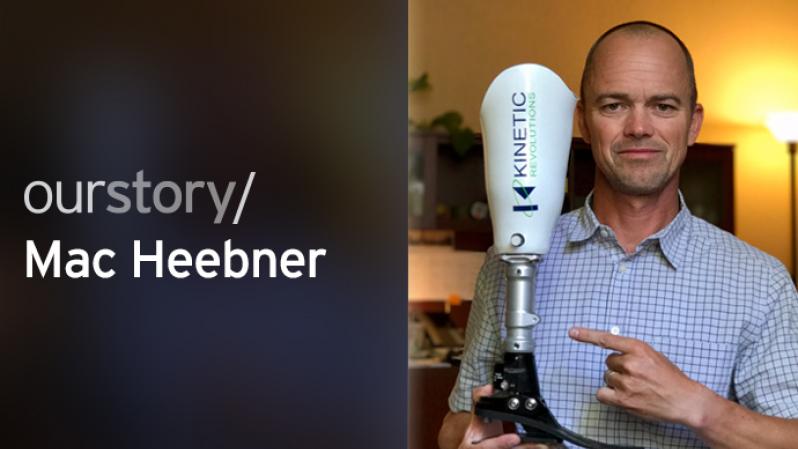-
About
ExploreUp a level (this gets replaced in JS)
-
Strategic Plan
Explore
-
College Overview
Explore
- Dean's Lecture Series
- Environmental Health Sciences
-
Diversity, Equity and Inclusion
Explore
-
Get Involved
Explore
-
People
Explore
-
Achievements
Explore
- Administrative Offices
- Discover HHD
- College News and Events
- Commencement
- Contact Us
-
Strategic Plan
-
Undergraduate
ExploreUp a level (this gets replaced in JS)
-
Getting Started
Explore
-
Student Support
Explore
-
Get Involved
Explore
-
Gain Experience
Explore
-
Careers
Explore
-
Get Connected
Explore
-
Policies and Procedures
Explore
- Summer Session
- Discover HHD
- Visit and Apply
- New Student Orientation Program (NSO)
- Undergraduate News
- Commencement
- Contact Us
-
Getting Started
-
Graduate
ExploreUp a level (this gets replaced in JS)
-
Getting Started
Explore
-
Student Support
Explore
-
Student Profiles
Explore
-
Get Involved
Explore
-
Get Connected
Explore
-
Gain Experience
Explore
- Environmental Health Sciences
-
Diversity, Equity and Inclusion
Explore
-
Commencement
Explore
- Discover HHD
- Admissions
- Contact
-
Getting Started
-
Online & Outreach
ExploreUp a level (this gets replaced in JS)
-
Online Degrees and Programs
Explore
-
Outreach Programs
Explore
-
Short-term Courses
Explore
-
Teaching Support
Explore
- Contact Us
-
Online Degrees and Programs
-
Research
ExploreUp a level (this gets replaced in JS)
-
Researcher Resources
Explore
-
Ongoing Research
Explore
-
Research Units
Explore
-
Diversity, Equity and Inclusion
Explore
- Environmental Health Sciences
-
Get Involved
Explore
-
Stay Connected
Explore
- Discover HHD Research
- Research News and Events
- Contacts
-
Researcher Resources
-
Alumni
ExploreUp a level (this gets replaced in JS)
-
Become a Member
Explore
-
Resources for Alumni
Explore
-
Building Diversity and Inclusion
Explore
-
Get Involved
Explore
-
Meet Our Volunteer Leaders
Explore
-
Stay Connected
Explore
-
Alumni Achievements
Explore
-
Parents and Family
Explore
-
Donate
Explore
- Alumni News
- Attend an Alumni Event
- Give to HHD
- Update Your Contact Information
- Contact Us
-
Become a Member
-
Contact
Explore
-
Departments
Explore
-
Research Centers
Explore
-
Central Administration
Explore
-
Training and Support
Explore
- Contacts/Directory
Our Story/Mac Heebner

October 2017
MacDonald “Mac” Heebner IV, who earned a bachelor’s degree in exercise science and MBA at Penn State, watched as a young boy and avid New Orleans Saints football fan tried on his prosthesis leg for the first time, which featured a custom designed socket with a Saints logo.
In that moment, the boy had come a long way after experiencing a partial leg amputation due to a tumor.
Together, Heebner and fellow Penn State alumnus Jeffrey Brandt, who earned a bachelor’s degree in psychology at Penn State, were part of a team that helped ensure this boy walked again.
“We were watching him run around in the parking lot on it; he loved it,” Heebner said. “There’s a lot of math, science, and engineering behind it, but when you sit across the treatment room from a patient and see his or her face light up and see the difference it can make, that’s what is meaningful.”
Heebner and Brandt, co-founders of Kinetic Revolutions, are problem solvers. Together they identified a problem within the prosthetics industry that negatively impacted patients and practitioners.
The problem the pair tackled was the pylon – or shin bone replacement – within a larger leg prosthesis for patients with a partial leg amputation below the knee. What they recognized is that practitioners had to personally cut each pylon for each patient based on the patient’s height. This presented several problems, one being that it took precious time from practitioners that should be spent with their patients.
Additionally, the modified pylon often needed frequent adjustment, for children each time they grew and for adults as the swelling from an operation decreased or from a fluctuation in height during different life stages. This all equated to additional doctor visits, which insurance does not always cover.
It is critical for the pylon to be a precise length based on a patient’s height, otherwise it can cause additional ailments for the patient, such as back pain. To address these issues, Heebner and Brandt developed an adjustable pylon that patients can easily alter at home.
“For a child, when they get an amputation they don’t stop growing. That means every six weeks you’re an eighth of an inch off. These little micro adjustments can really impact a patient’s happiness and life function,” Heebner said.
Heebner and Brandt were childhood friends in Gettysburg, Pennsylvania, and then roommates at Penn State. Their company has two offices. Heebner leads the Walnut Creek, California, location and Brandt is at the helm in Exton, Pennsylvania. Since 2010, their company has sold thousands of adjustable pylons, mostly in the United States.
Heebner credits several Penn State professors for helping prepare him for this endeavor, including George Thomas Tait, retired associate professor of exercise and sport science; Bob Ricketts, retired senior lecturer in kinesiology; the late John Lucas, professor emeritus of exercise and sport science; and Ron Smith, professor emeritus of kinesiology.
“The interactions with that group of professors as an undergraduate student helped me get to where I am today. They influenced the way I think about things and how I break down complex problems and look for solutions,” Heebner said.
